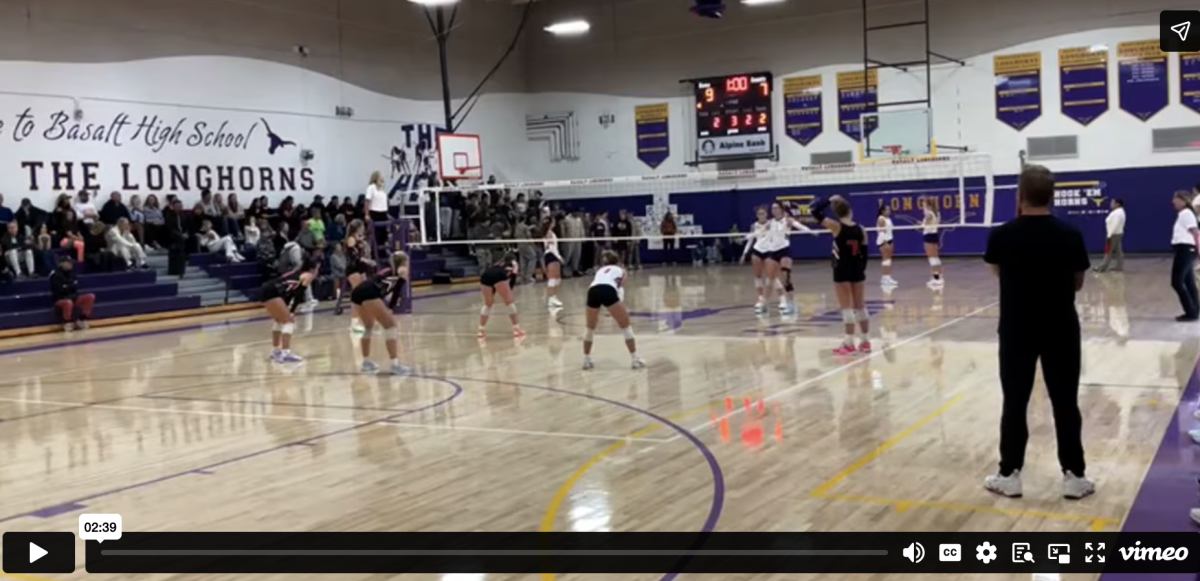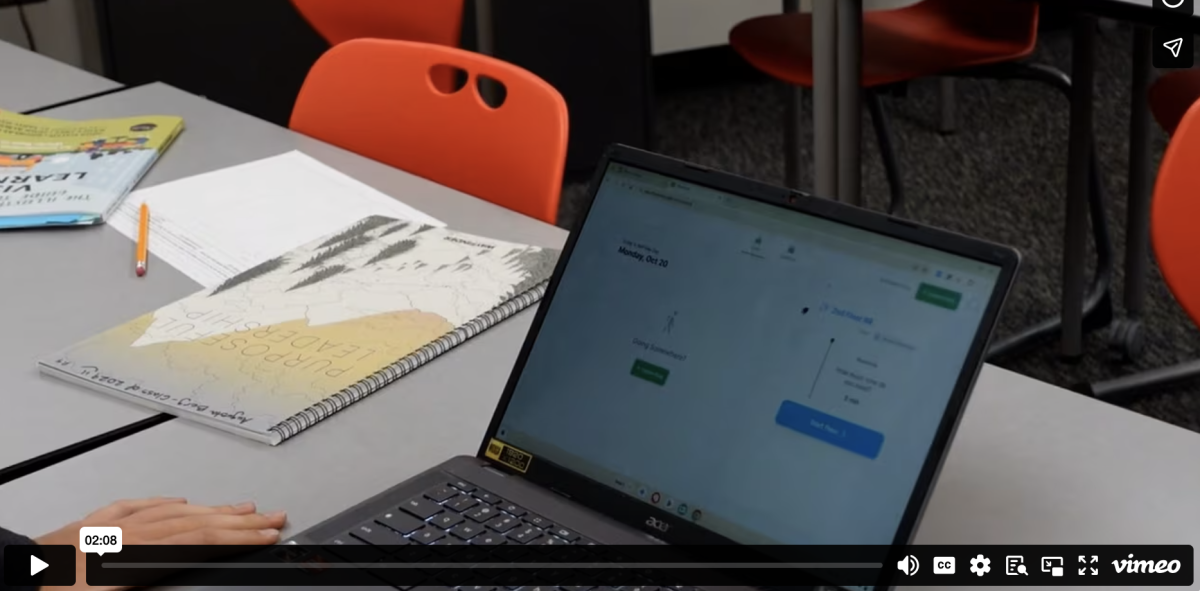How is Media and Technology Affecting Paper Based News Sources?

Joey Dziedzic and Gavin Heil both catching up on the news.
Social media platforms have become such a vital part of people’s lives, and many news sources have been publishing their work online to appeal to the younger generations. Many students at AHS use Snapchat and other social media platforms to catch up on their current events.
Social media has affected the way that people in 2018, teenagers, in particular, are getting their information and how news companies interact with their readers. Julia Haugan, a junior at AHS and someone who likes to know what’s going on around the world, has a variety of different social media accounts and uses them to keep up on the latest news around the world.
“I use Stay Tuned, a Snapchat story from NBC,” Haugan said. “They focus on news from around the world. Stay Tuned is one of the many different ‘stories’ that Snapchat offers for their user’s entertainment and education.”
With President Donald Trump tweeting via Twitter frequently, people who want to keep up with the latest usually have a social media account. Instagram and other social media platforms also help educate people, depending on what is on their timeline.
People and news sites can also post fake news. Katelyn O’Callaghan, a freshman at AHS, has a variety of different social media accounts but also tries to keep up with local news through print sources.
“I primarily use social media to get my news, but I can definitely see the value in reading traditional newspapers,” O’Callaghan said. “I like to know what’s happening locally and usually social media doesn’t keep me updated on news like that.”
O’Callaghan also said she doesn’t trust many online sources since fake news has become rampant. Fake news is when a news source publishes information that isn’t true.
“I trust printed newspaper sources more just because I know that there’s a team of people making sure everything is fact checked and accurate,” O’Callaghan said.
Fake news can make online sources seem less trustworthy, which can affect their reputation to the public eye. People who didn’t grow up in a technology generation often read paper newspapers or read the news online. Joey Dziedzic, a language teacher at AHS, is 37 years old and gets his news from NPR (National Public Radio), ESPN, and CNN.
“I don’t think that social media has benefited the way that people get their information. I think it only gives them the information that they want to hear and it doesn’t give them a balanced news source,” said Dziedzic. “So, if you’re a liberal you get liberal biased news and if you’re a conservative then you get conservative biased news.”
Social media has many different benefits, but for older generations, the switchover can be difficult. Paper news sources are just as credible as online although media may be easier to access. Teenagers and adults both need to be updated on what’s happening around the world and locally, whether it’s by paper or social media.
“When I was a kid, I learned about what was going on in the world through MTV hourly updates,” said Dziedzic, “then social media came into play and I just don’t see the appeal in it. A lot of online things are biased and don’t tell the user the whole story.”

Aja is currently a senior and has been writing with the Skier Scribbler since she was a freshman. She's spent her quarantine growing new plants, reading,...


























